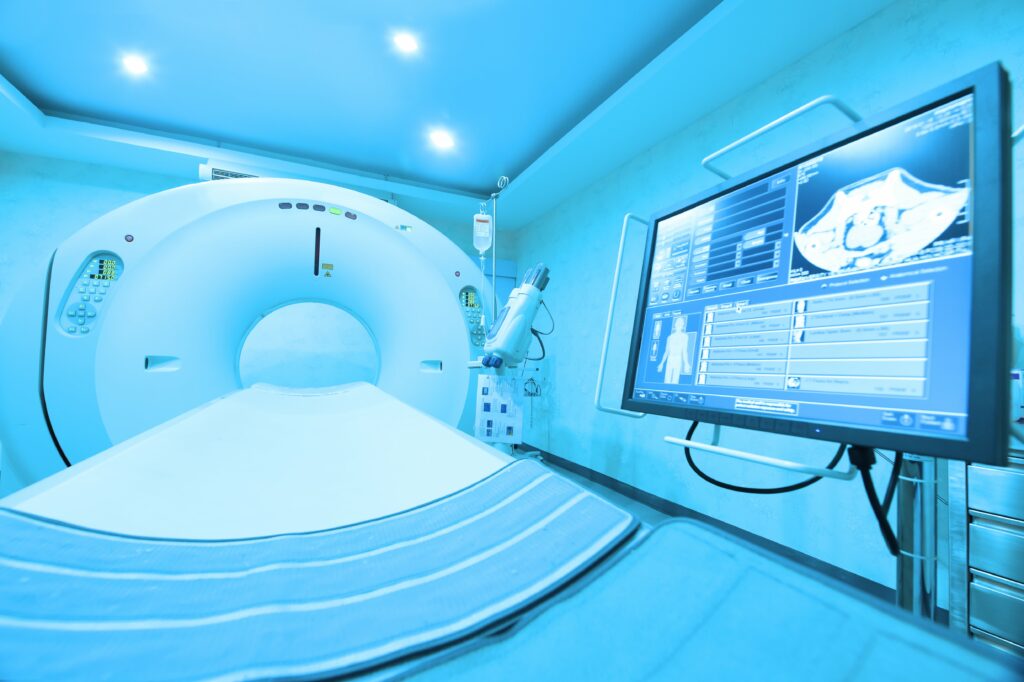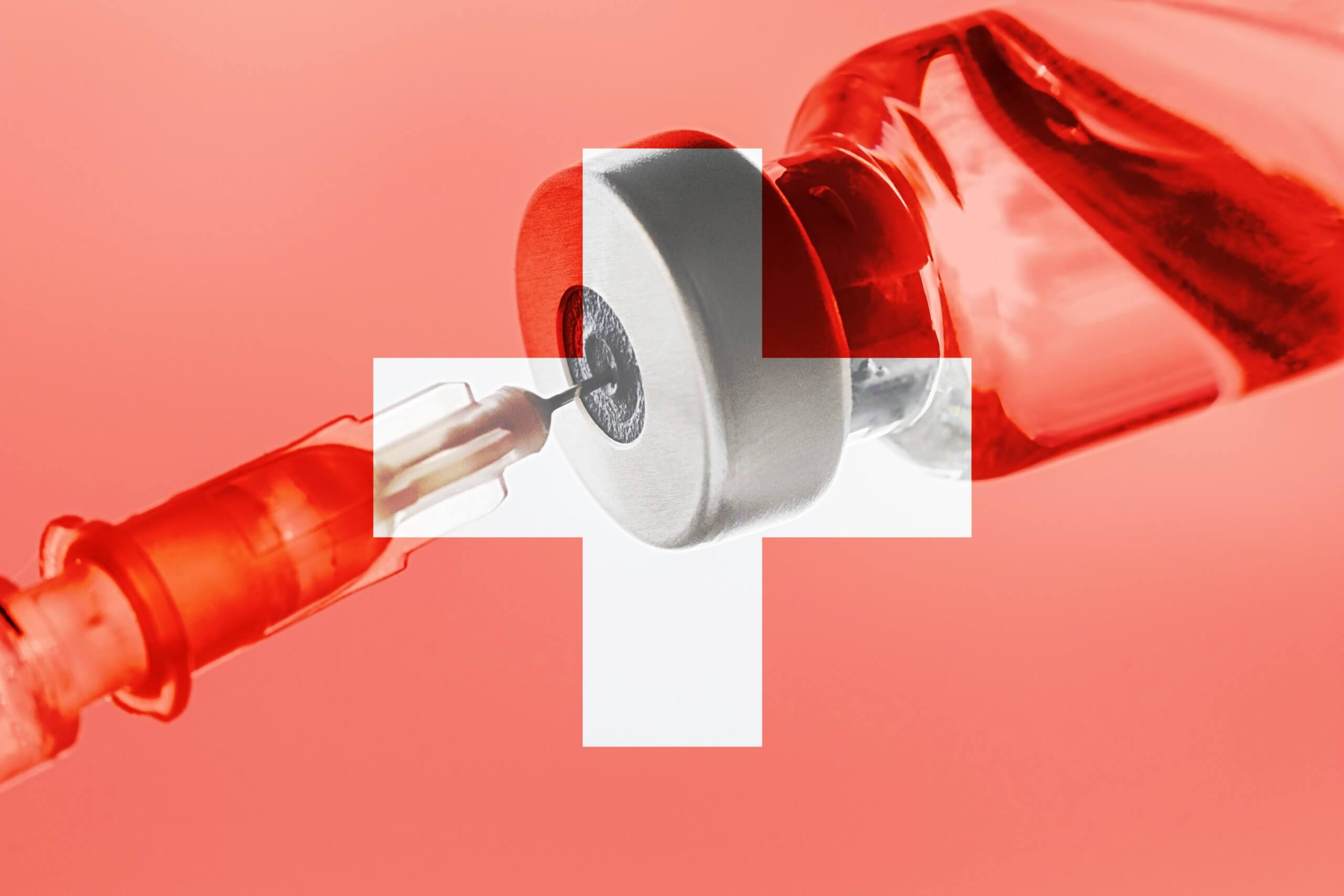Our October 2023 MedTech news roundup covers the Swiss Federal Council’s amendment to MedDO and the EU Commission’s Q&A on transitional provisions for products without an intended medical purpose. The newly released EUDAMED user guide, MDCG guidance on MDSW and hardware combinations, and updated advice from the MDCG on qualification and classification of borderline products is also included.
And keep reading for guidance and resources from the FDA, spanning physiologic closed-loop control technology, devices in the magnetic resonance environment, 510(k) submissions & De Novo requests, and digital health FAQs.
For all this and more, see the full bulletin below…
The latest MedTech news from Europe
Swiss Federal Council amends MedDO
The Swiss Federal Council has made the decision to amend the Medical Devices Ordinance (MedDO) to improve the safety of products without an intended medical purpose. Switzerland has adapted its MedDO for these products in line with the EU requirements (Implementing Regulation 2023/1194) taking into account the new transitional periods. The required amendments to the MedDO have been approved and will enter into force on 1 November this year.
EU Commission shares Q&A on transitional provisions for products without an intended medical purpose
The recently released Q&A from the EU Commission intends to facilitate the application of the transitional provisions set out in Commission Implementing Regulation (EU) 2022/23461, as amended by Commission Implementing Regulation (EU) 2023/11942.
EU Commission releases EUDAMED user guide for economic operators

The EU Commission has released a user guide for economic operators regarding the EUDAMED actor registration module. The guide describes how economic operators can use the module, covering concept, registration, management, access, and mandates. You can read the user guide here.
MDCG shares guidance on medical device software & hardware combinations
MDCG has released guidance on medical device software (MDSW) intended to work in combination with hardware or hardware components.

MDCG 2023-4 provides clarifications on which specific regulatory considerations apply when a hardware or hardware component incorporating a data collection element (for example a camera or electrical/optical sensor) is a medical device or an accessory to a medical device.
The guidance also outlines scenarios where the hardware or hardware component incorporating a data collection element are not medical devices or accessories to a medical device.
MDCG updates advice on qualification & classification of borderline products
In the EU, determining whether a product can be defined as a medical device and deciding which classification rules apply as a result, is the responsibility of the authorities in the Member States where the product is marketed. But when interpretation of the EU legislation differs, public health may be put at risk, and the internal market may become distorted.
So, to facilitate an essential dialogue between regulators, earlier this month the MDCG updated its manual (originally published last year) that provides guidance on the qualification and classification of borderline products for medical devices and IVDs in the EU.
The manual presents the agreements reached by the Borderline and Classification Working Group (a subgroup of the MDCG that’s chaired by the EU commission) following the exchanges under the Helsinki Procedure as outlined in the EU MDR and the EU IVDR.
Medical device guidance & resources from the US
FDA releases final guidance for medical devices with physiologic closed-loop control technology
The guidance document provides the FDA’s recommendations on design considerations, non-clinical testing, animal studies, and labelling to support premarket submissions for medical devices with physiologic closed-loop control technology (PCLC) which can enable automation in a variety of medical device types.
Access the full guidance here.
Guidance on devices in the magnetic resonance environment

The FDA has released two guidances regarding medical devices in the magnetic resonance environment, and magnetic resonance diagnostic devices.
“Testing & Labelling Medical Devices for Safety in the Magnetic Resonance (MR) Environment” provides the FDA’s recommendations on testing to assess the safety and compatibility of medical devices in a magnetic resonance (MR) environment and the recommended format for magnetic resonance imaging safety information in medical device labelling.
“Submission of Premarket Notifications for Magnetic Resonance Diagnostic Devices” provides the FDA’s recommendations on the information to support premarket submissions for magnetic resonance diagnostic devices (MRDDs).
FDA shares electronic submission guidance for 510(k) & De Novo
“Electronic Submission Template for Medical Device 510(k) Submissions” provides the standards for the electronic submission of premarket notification (510(k)), a timetable for establishment of these standards, and criteria for waivers of and exemptions from the requirements to meet a statutory requirement. As of the first of this month, the FDA has required that 510(k) electronic submissions be provided as described in this guidance.
“Electronic Submission Template for Medical Device De Novo Requests” is a draft guidance that introduces submitters of De Novo requests to the current resources and associated content developed and made publicly available to support De Novo electronic submissions to the FDA. Once finalised, this guidance will provide further standards for the submission by electronic format, a timetable for establishment of these further standards, and criteria for waivers of and exemptions from the requirements.
Digital Health FAQs

With the rapid advancement of digital health technology, the FDA regulatory landscape is evolving to help developers bring safe, effective, and innovative technologies to market. As such, the FDA has shared a selection of frequently asked questions regarding digital health regulatory considerations to assist throughout the development process.
Proposed guidance development from CDRH
During negotiations over the Medical Device User Fee Amendments of 2012 (MDUFA III) and the Medical Device User Fee Amendments of 2017 (MDUFA IV), the FDA agreed to meet a variety of goals intended to help get safe and effective medical devices to market more efficiently.
As part of this agreement the FDA agreed to annually post two lists of guidance documents that it intends to publish during the fiscal year:
- The A-list is a list of prioritised guidance documents that FDA intends to publish during the fiscal year.
- The B-list is a list of guidance documents that FDA intends to publish as resources permit during the fiscal year.
Find out more on the proposed guidance development here.
That concludes our October 2023 MedTech news roundup. Check back in November for more medical device news and updates.
Found this useful? To receive our MedTech updates direct to your inbox, you can subscribe to our monthly Knowledge update.

